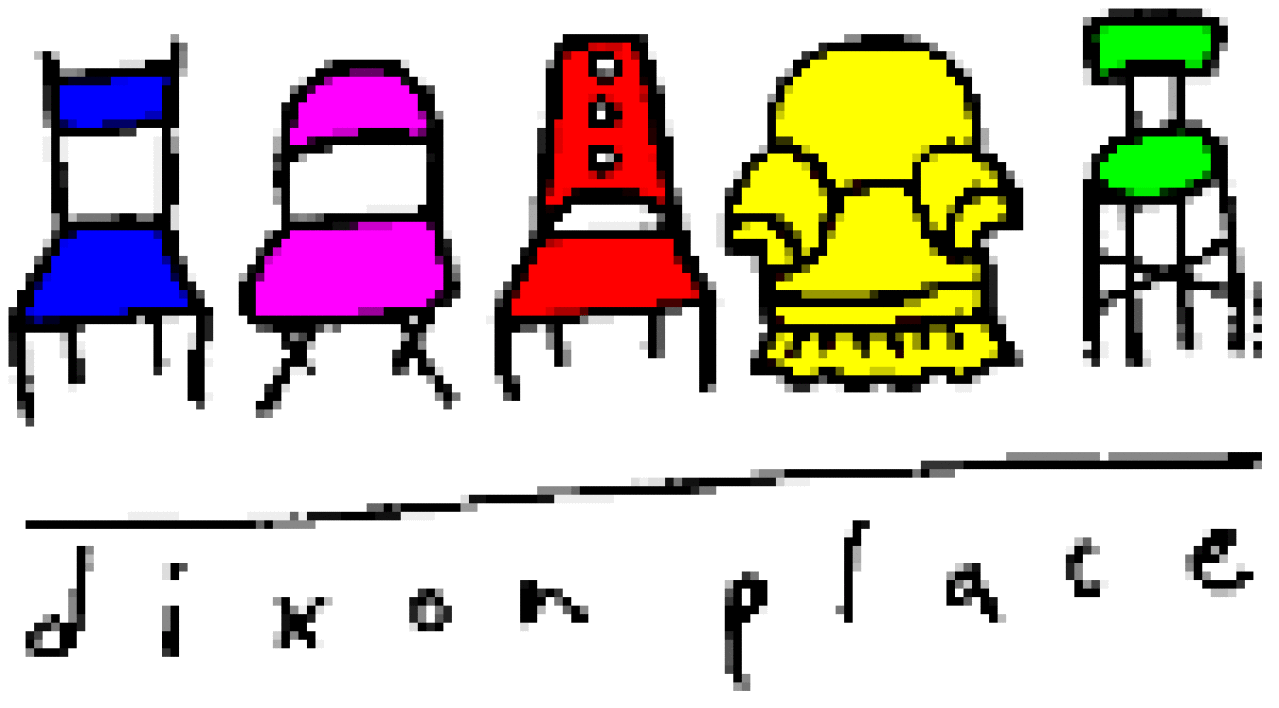Go-Go Reál

(Photo: Bobby Miller)
A man is wrapped head to foot in red sequins, occasionally swiveling his head and upper torso in elegantly sinuous movements. It’s an arresting opening image, and one that Jonathan Wooster manages to sustain for at least 15 minutes as the audience files into the tiny Dixon Place theater for Go-Go Reál, the centerpiece of this year’s annual HOT Festival of queer performance.
The show is the creation of Wooster and Brandon Olson, who blend movement, spoken word, song, and sexuality into a lyrical and compelling exploration of the feminine side of masculinity. Limbs akimbo, they stretch and contort their bodies into improbable positions. They share their weight, performing small lifts with a kinesthetic awareness of each other’s body. Hip and neck swivels are a central part of their movement vocabulary, and their gyrations manage to look both ridiculous and sensual at the same time.
Wooster is the more talented dancer of the pair; his lithe frame appears graceful even when he’s performing “The Funky Chicken.” Olson, no slouch in the movement department himself, is blessed with a cartoonish expressiveness that easily lends itself to physical comedy. The pair’s costumes radiate a trashy kind of fabulousness: tight-fitting white tank tops and briefs; black lingerie and metal-tipped stiletto heels; and short, red-sequined dresses. In one sequence, they wear nothing at all. Their naked bodies meet and collide in a slow, stylized dance, underscored by the song “All Tomorrow’s Parties” by Nico & The Velvet Underground.
Go-Go Reál is a collage of text, motion, and image, with no central narrative. A story about a transgendered woman by the name of Charlie forms a recurring motif but is dropped by the show’s end. Startlingly beautiful stage pictures such as a snowfall of white feathers emerge at seemingly random moments. There are also short sketches involving everything from shoe fetishes to the power of positive thinking (the latter sketch campily employs the Johnny Mercer/Harold Arlen tune “Ac-cen-tu-ate the Positive”). The evening does not quite cohere, but its messiness is part of its charm.
At the heart of the show is a short but devastating sequence that has Olson seated in a chair, trapped by a harsh spotlight. On the other side of the stage, Wooster sits in darkness. With his soft, measured tones amplified by a microphone, Wooster plays an authority figure from Olson’s past who chastises the boy for acting too much like a girl. “Brandon, if you don’t change, you’ll grow up to be different from other men,” his voice intones. “You’ll be a gay.” Olson listens with a dull, somnambulistic expression and obeys the other man’s orders to “walk like a man” with quiet resentfulness. This seemingly autobiographical section of the performance captures the painful recognition of growing up outside of society’s norms. The flights of fancy and surreal abstractions that abound throughout the rest of Go-Go Reál take on a melancholy resonance when viewed in relation to this sequence.
The show glamorizes a tragic femininity–the beauty and loneliness of women on the edge of ruin. A two-voice poem describes the nightlife of a well-dressed lady who indulges in too many drinks and drugs; she ends the night puking but, somehow, it’s a necessary part of her glamour. “This is the price you sometimes have to pay for being so beautiful,” according to Olson.
It’s unclear how much the performers identify with the characters they portray. Indeed, it’s often difficult to determine if they are playing characters or playing themselves. At times, they address each other by their actual names; at other times, they do not. But this ambiguity, while occasionally frustrating, does not dull the impact of the performance.











